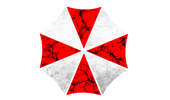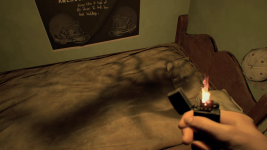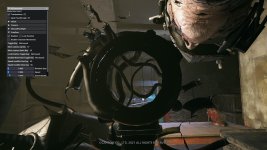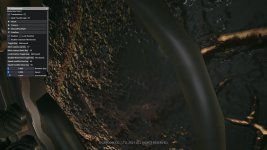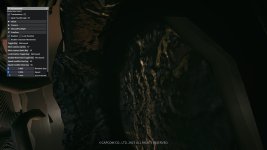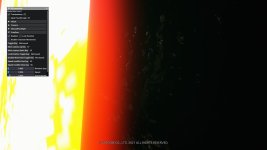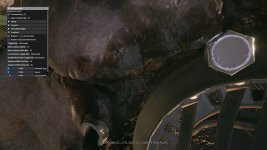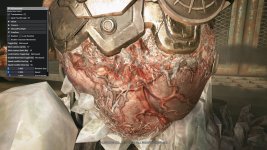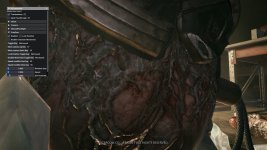Many maids who fell out of favor were deprived of a large amount of blood and locked up in dungeons:
"Her blood will be drained and she'll be turned into a horrifying ghost."
COOK'S NOTE Another person was sent to the basement. That girl just spilled some soup. Everyone knows. Once you go underground, you don't come back. Her blood will be drained and she'll be turned...
www.projectumbrella.net
We also have a note in which it is clear that not all of these maidens have become Moroaice:
TREATMENT LIST -COMPATIBLE- Irina Mihaëla Lois Ingrid -DISPOSAL- Diandra Greta Nadine Camelia Bianca Melina Astrid Lyudmila Rosalinda ...
www.projectumbrella.net
So we can say that blood is very important for compatibility with the Cadou parasite, since this life form is able to replace the heart and circulate blood, respectively. That's why even Heisenberg needed to create artificial blood to revive that guy, Oskar.
Meanwhile, if we look at Moroaice again, their wounds do not heal, and deeper wounds have fibrinous deposits, that is, the accumulation of dead cells. Not to mention that their body weight is very low, so their metabolism should be slowed down.
Although they bleed and their blood circulates, it is obvious that anemia and low body weight have had a noticeable effect.
Returning to Heisenberg, we meet male versions of such enemies in his factory. As we learn later, Heisenberg replaced their hearts with parasites, which leads to the idea of the parasite's ability to circulate blood.
And I think that's still happening with improved soldiers. Mold was spread through the blood vessels of this circulating vector. And the parasite is part of the reactor in the chest, but it is not located in the combustion chamber. Perhaps Heisenberg even provided special channels for the mycelia to get into the combustion chamber.
And the technology does not filter the fungus, but combust it like gasoline or oil. Like biofuels.
This is because fungi are also sources of hydrocarbons. And Miranda even uses this as an advantage in the final battle, raising clots of mold with superheated gas, which oxidizes and ignites after contact with oxygen. A similar idea was in CODE: Veronica. I do not know if you have played this title, but in the story Alexia Ashford's blood was a chemical solution that ignited due to contact with oxygen.




